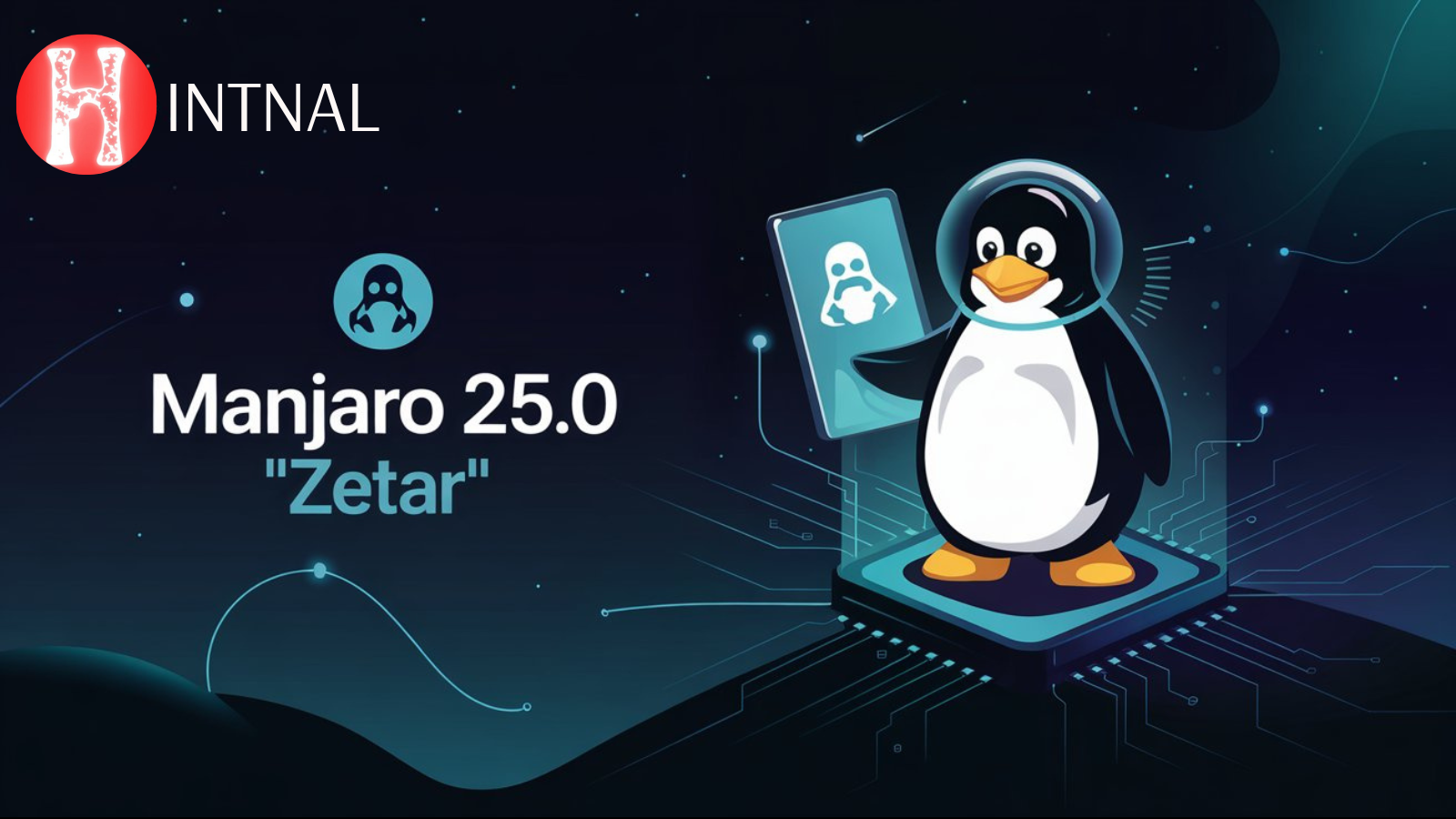
Learn how Linux enthusiasts have managed to run Linux on the Apple M1 chip and achieve better performance and battery life than macOS.
The Apple M1 chip is a game-changer for Mac devices, but Linux users are not left behind.
The Apple M1 chip is the first custom-designed silicon for Mac devices, replacing the Intel processors that have been used in Macs for over a decade. The M1 chip offers impressive performance improvements, energy efficiency, and improved security. However, macOS is not the only operating system that can run on the M1 chip. Thanks to the dedicated work of the Linux community, there is now a Linux distro designed exclusively for the M1 chip that is already wowing people with its performance and battery life.
READ: How to Upgrade Your Ubuntu 18.04 System Before It Reaches End of Life
Asahi Linux: A crowdfunded project to bring Linux to the M1 chip
Asahi Linux is a project spearheaded by experienced Linux porter Hector Martin, who launched a crowdfunding campaign in January 2021 to fund his efforts to bring Linux to the M1 chip. Unlike typical hardware ports, Asahi Linux has received no official support from Apple and has relied on reverse engineering and discovering an inherent hardware flaw in the M1 chip. Asahi Linux has released its first alpha version that can run on any M1, M1 Pro, or M1 Max machine running macOS 12.3 or later. The alpha version offers a full installation option that anchors a ready-to-use KDE desktop and a minimal installation option that allows users to manually install the various components needed for a working desktop.
Why Linux on the M1 chip is faster and more efficient than macOS
One of the main advantages of running Linux on the M1 chip is the improved battery life. macOS uses a lot of power-hungry features and restrictions, such as power management, background processes, and user interface animations, which can drain your battery life quickly. Linux, on the other hand, is a lightweight operating system that focuses on performance and efficiency, making it ideal for the ARM-based M1 chip. In benchmarks conducted by Phoronix, Linux on the M1 has demonstrated impressive performance gains compared to other Mac devices. For instance, Linux on the M1 completed a task of compiling LLVM, one of the most demanding software packages, in just 5 minutes and 30 seconds, while a 2019 iMac with a 6-core Intel Core i5 processor and 16GB of RAM took over 11 minutes to accomplish the same task. Another benchmark test that measured the time taken to encode a 4K video using the x264 video encoder also showed Linux’s superiority on the M1. Linux on the M1 completed the task in just over 10 minutes, while a 2019 MacBook Pro with an 8-core Intel Core i9 processor and 32GB of RAM took almost 27 minutes to do the same job.
The future of Linux on the M1 chip
While Linux on the M1 chip is already proving to be a faster and more efficient alternative to macOS, there are still some limitations and challenges that need to be overcome. For instance, HDMI output only works on the Mac mini and there is no support for 3D/graphics acceleration yet. However, there are ongoing efforts to develop kernel drivers and Mesa drivers for the Apple graphics that will enable users to play graphics-intensive games and use other applications that require graphics support. Moreover, Asahi Linux is not the only project that aims to bring Linux to the M1 chip. There are also other projects such as Corellium , which offers virtualized Ubuntu images for the M1 chip , and Parallels Desktop , which allows users to run Windows and Linux virtual machines on Mac devices with an M1 chip . These projects show that there is a strong demand and interest for running different operating systems on the M1 chip and that Linux users have plenty of options to choose from.
The Apple M1 chip is a game-changer for Mac devices, offering unparalleled performance and efficiency. However, macOS is not the only operating system that can run on the M1 chip. Thanks to the dedicated work of the Linux community, there is now a Linux distro designed exclusively for the M1 chip that is already wowing people with its performance and battery life. Linux on the M1 chip is faster and more efficient than macOS and offers users more flexibility and control over their devices. While there are still some limitations and challenges that need to be overcome, the future of Linux on the M1 chip looks bright and promising.
SOURCES:
- Lifewire: Linux on the M1 Is Already Beating Apple at Its Own Game
- The Tech Edvocate: Linux on the M1 Is Already Beating Apple at Its Own Game
- Flipboard: Linux on the M1 Is Already Beating Apple at Its Own Game



Enjoyed examining this, very good stuff, regards.